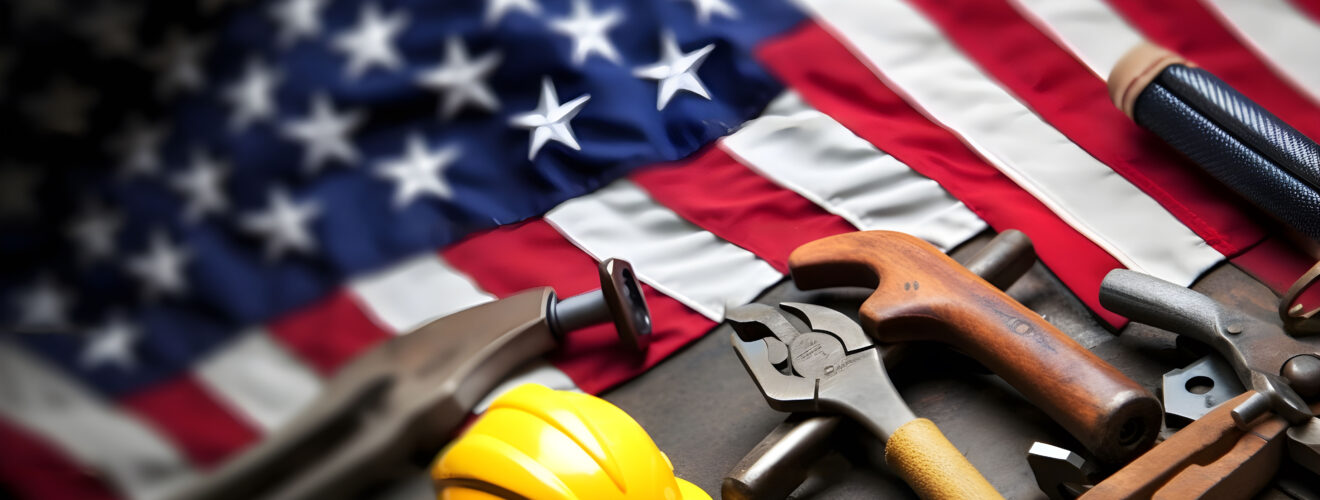Industrialization in American State

Industrialization in America refers to the period of rapid economic and technological growth that occurred in the United States during the late 19th and early 20th centuries. This transformative era had profound effects on American society, shaping the nation into an industrial powerhouse and influencing various aspects of life. Here are key points about industrialization in America:
Beginnings of Industrialization
The industrialization process in the United States began in the mid-19th century, following the Civil War.
Technological advancements, such as the development of the telegraph and the expansion of the railroad system, played crucial roles in facilitating industrial growth.
Factors Driving Industrialization
Abundant natural resources, including coal, iron, and timber, provided essential raw materials for industry.
A large and growing population provided both a labor force and a market for manufactured goods.
The availability of capital, often from investors in the Northeast, fueled industrial expansion.
Expansion of Railroads
The construction of an extensive railroad network connected distant regions, facilitating the transportation of goods and people.
Railroads played a crucial role in linking raw material-producing areas to industrial centers.
Technological Innovations
Inventions and innovations, such as the telegraph, steam engine, and later, the electric power, greatly increased industrial productivity.
The assembly line, developed in the early 20th century, revolutionized manufacturing processes.
Rise of Big Business
Industrialization led to the rise of large corporations and monopolies.
Entrepreneurs like Andrew Carnegie (steel), John D. Rockefeller (oil), and J.P. Morgan (finance) became prominent figures in American industry.
Urbanization and Migration
Industrialization drew rural populations to urban areas in search of employment opportunities.
Cities experienced rapid growth, leading to the development of crowded and often unsanitary living conditions.
Labor Movements
The harsh working conditions in factories and mines spurred the rise of labor movements.
Strikes and protests became common as workers demanded better wages, shorter working hours, and improved working conditions.
Impact on Agriculture
Industrialization had a profound impact on agriculture, leading to the mechanization of farming and a shift from subsistence farming to commercial agriculture.
Impact on Society
The social fabric of American society underwent significant changes, with a growing divide between the wealthy industrialists and the working class.
New social classes emerged, and social mobility became possible for some.
Government Response
The government responded to the challenges posed by industrialization through legislation, such as antitrust laws and labor regulations, aimed at curbing the power of monopolies and improving working conditions.
Overall, industrialization transformed the United States from an agrarian society into an industrialized nation, setting the stage for its emergence as a global economic power in the 20th century.








